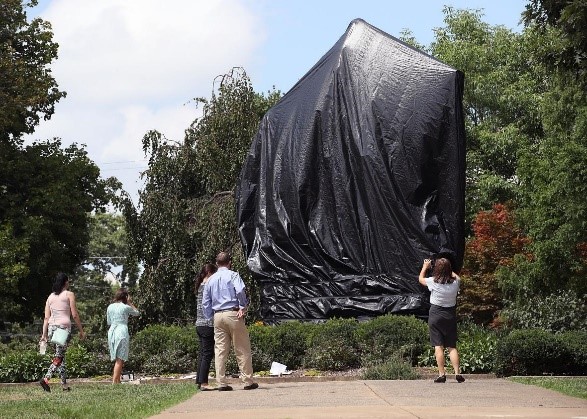How will Future Generations Judge your Donor Recognition Programs?
The tragic events in Charlottesville spurred me to reflect deeply about many important societal issues, and, unexpectedly, one related to gift acceptance and donor recognition.
Many public and private institutions will find themselves wrestling with what to do with monuments and other vestiges of the past.
Some of these projects were funded by private contributors whose descendants are still with us, and have publicly expressed a desire for removal. I agree with this sentiment. But, can we gain perspective and guidance from any gift agreements or written records of how some of these monuments came into being?

A common term in many gift agreements is that the donor will receive recognition “in perpetuity”. That is a long time! The trend in the sector is toward term-limited naming.
Non-profit boards should dust off their policies and procedures related to gift acceptance and donor recognition, and discuss them with staff. This conversation should begin with a dialogue about whether a gift from any source is permissible under any circumstances.
For example, an environmental organization might choose to refuse a gift from a local corporation whose practices run contrary to the organization’s stated non-profit purpose.
Future generations will look back on the kinds of projects our non-profit clients choose to fund and how their donors are recognized. What will they learn about us based on what we leave behind?
